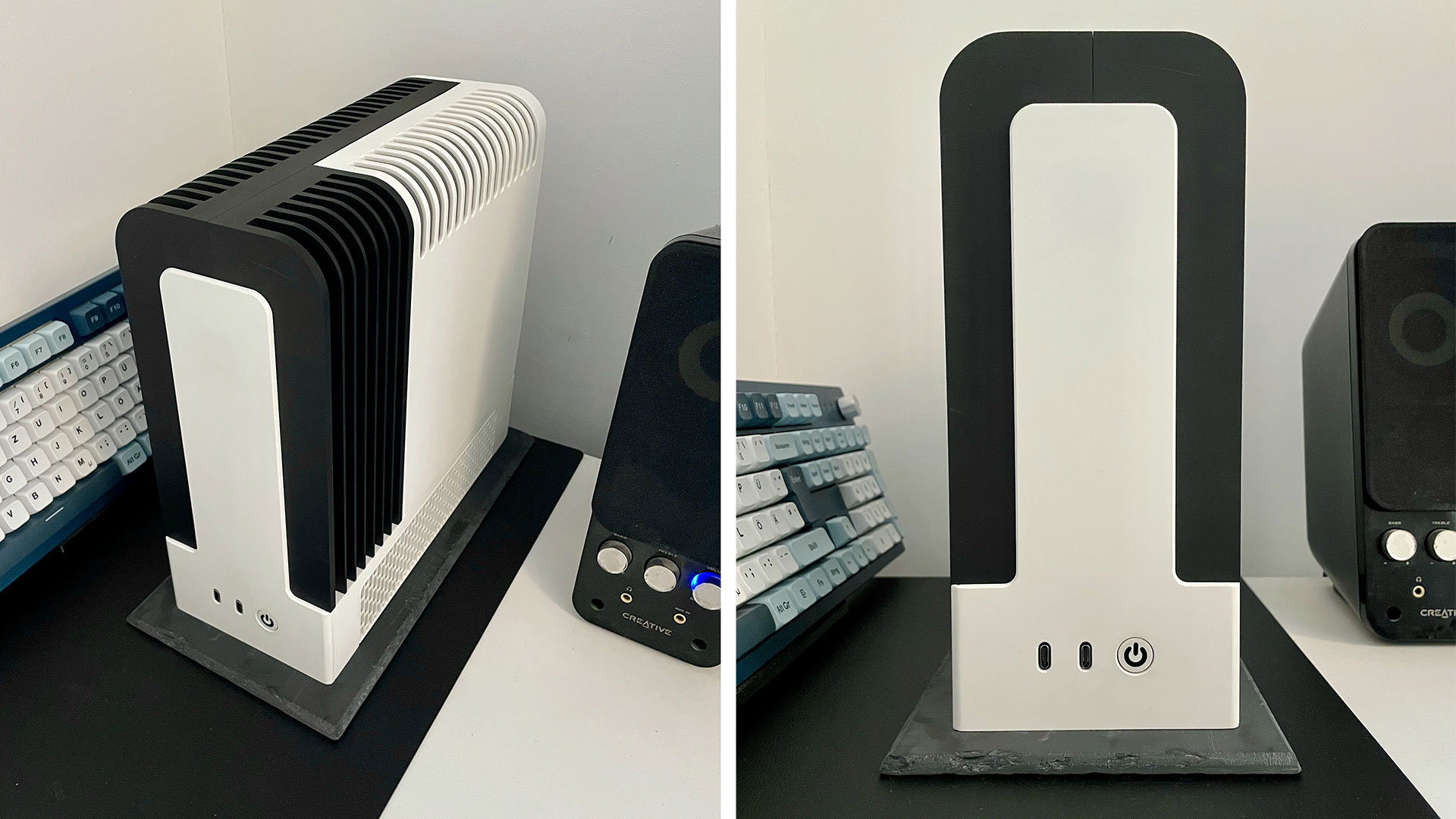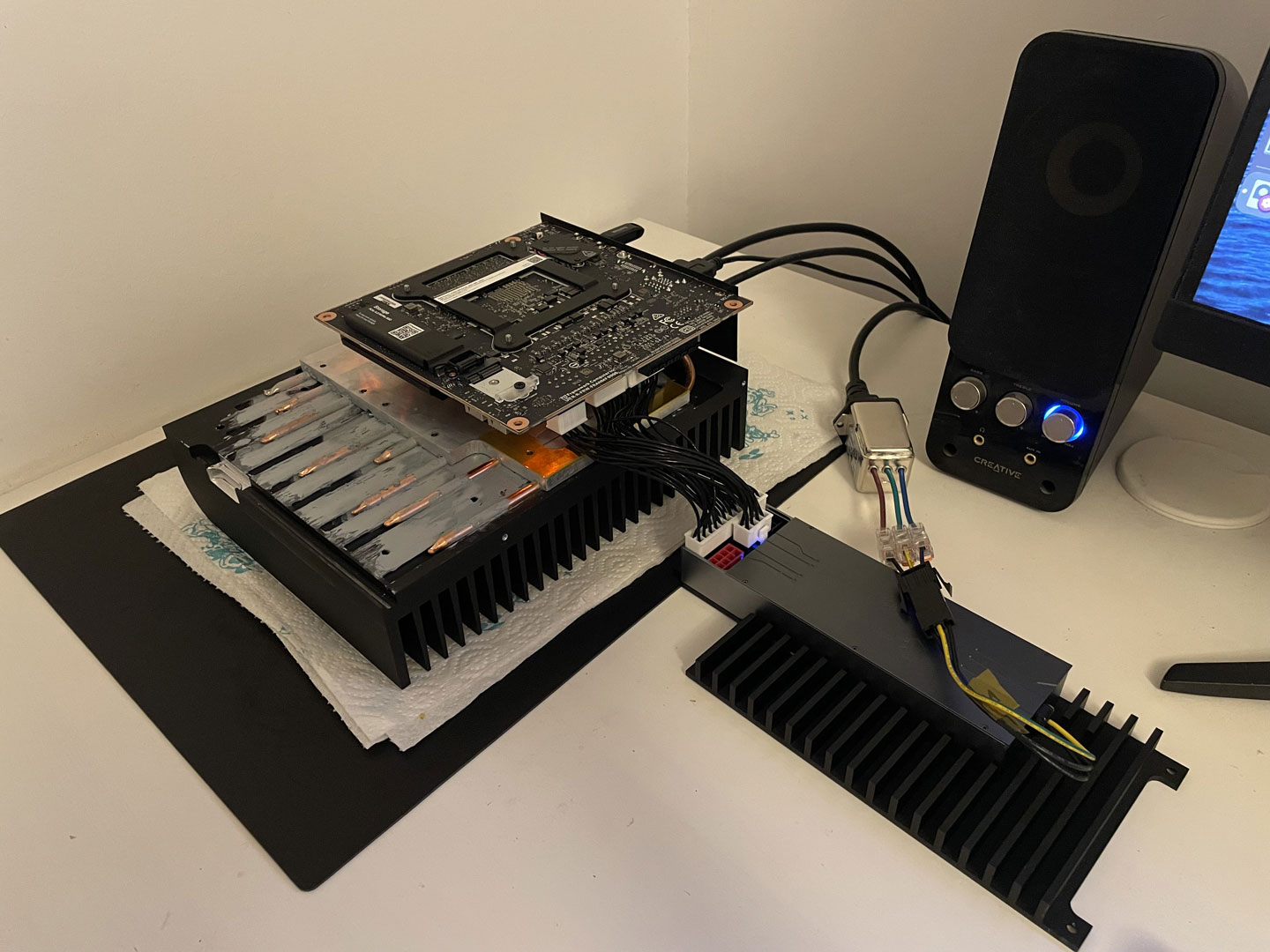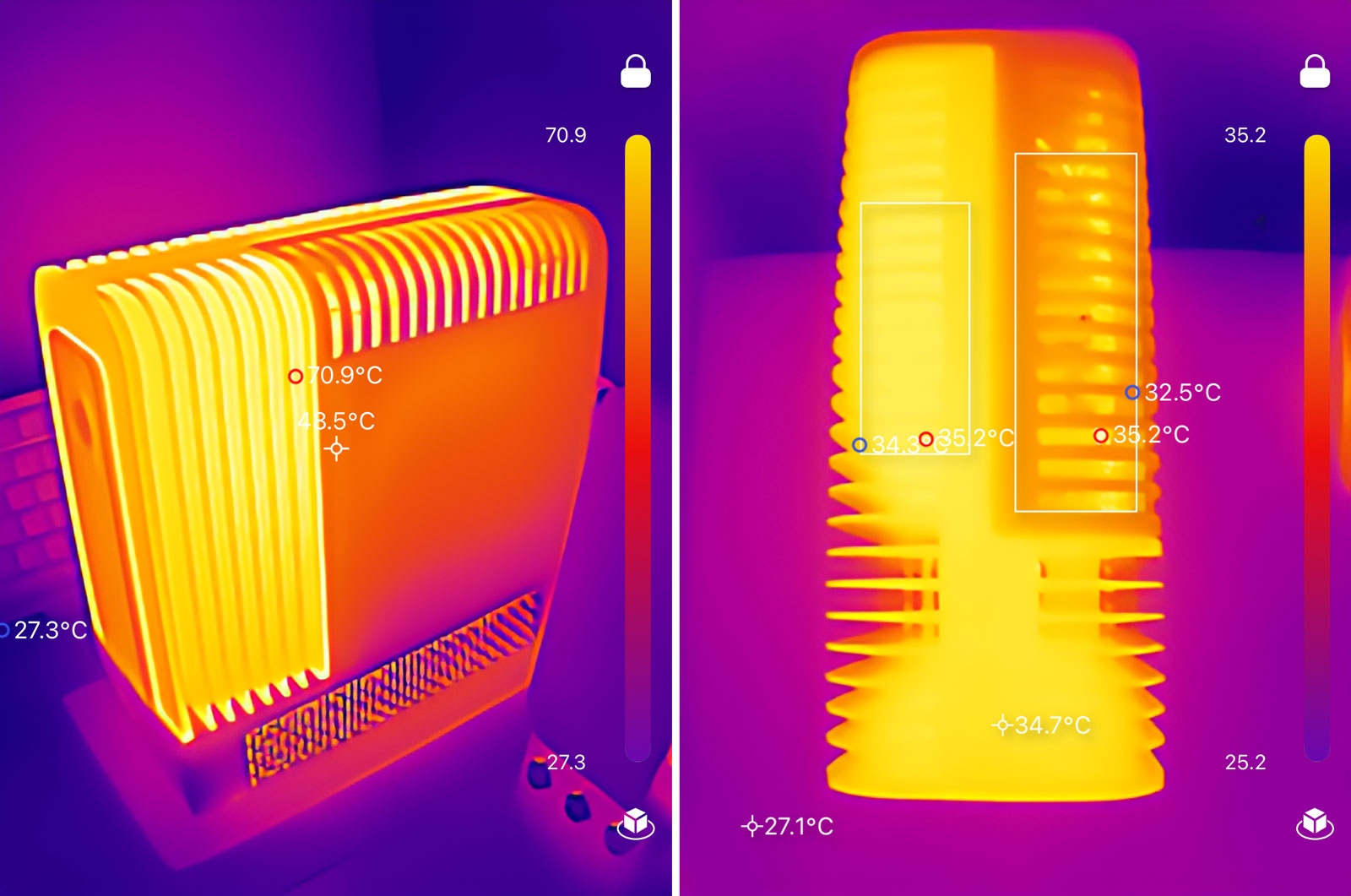Passively cooled Ryzen AI Max+ 395 PC uses entire chassis as a 10-pound heatsink — talented builder turns Framework Desktop mainboard into a silent, powerful work of PC art
It didn't throttle at 100W, but made the DIYer too nervous at 120W.

A small form factor PC aficionado with a penchant for passive, fanless systems has been documenting their process online (h/t Fanless Tech). So far, so ordinary, but the ‘Monochrome 2’ from TheJiral features the APU on everyone’s wish list, the AMD Ryzen AI Max+ 395 ‘Strix Halo’ processor. The project was flagged as completed a few days ago.
Our fan-averse hero started this black & white & passive build back at the end of June, before receiving the computing hardware. Nevertheless, as the forum postings show, TheJiral still managed to do a lot of preparation work ahead of receiving their Framework Desktop machine. They pondered over various supporting components, cabling, and so on. Monochrome 2 uses Framework’s relatively tinker-friendly device as its foundation, and you can follow the above link to check out our extensive review from earlier this month.

Chassis as the heatsink
Of course, a significant thrust of the Monochrome 2’s design is directed by the desire to use the chassis as a heatsink. We've seen this idea applied plenty of times before. Such a design lends itself to a compact build like this SFF, where case panels can be closely connected to computing cores for a dense build, bristling with fins for maximum convection opportunity.
One of the first non-custom components that was bought to complete this build was the HDPLEX 250W passive GaN AIO ATX PSU. Despite some concerns, this choice seemed to be validated when the GMKtec EVO-X2 mini PC (with the same processor) was confirmed to come packing a 230W PSU.
The Monochrome 2 seems to have first been booted with its Framework motherboard in situ a few days ago. TheJiral decided to make this a Linux (openSUSE) system. Thankfully, after some thermal interface concerns and tweaks, the system was announced “build complete” on Friday. Now for some benchmarks – with an eye on thermals, of course.
Some tests, but comparisons are hard to make
There’s a little bit of crossover in these tests with our Framework Desktop benchmarks, but sadly not that much. For example, our fan-cooled system scored 2,966 / 17,574 in single / multi-core Geekbench 6 tests. Scores for the passive Monochrome 2 were recorded as 3,116 / 20,785. The passive system does noticeably better, but there are OS and perhaps Geekbench 6.X version differences to spoil a direct comparison.
We both also did some Cyberpunk 2077 game performance testing. Our Framework machine achieved 22fps in the 1080p Ray Tracing Ultra preset. Meanwhile, the passive system is said to have achieved an average of 31fps at what looks to be the same preset. We have an inkling that some level of FSR was used by TheJiral, though.
Get Tom's Hardware's best news and in-depth reviews, straight to your inbox.
While the benchmark comparisons we can see don’t make the passive machine’s relative performance crystal clear, we can perhaps conclude that the passive thermal solution is doing a decent job. Supporting this notion, the maker of Monochrome 2 shares thermal data and images from the machine with the APU set at 100W / balanced mode. They would later update with the system pushed to 120W TDP, which TheJiral decided was “too nerve-racking,” with the system only just managing to stabilize at 98.8°C after 2 hours of continued load.

We expect more details and updates on the source thread in the coming days and weeks, so it is probably worth staying tuned if the idea of an AMD Ryzen AI Max+ 395 in a fanless SFF case interests you.
Last but not least, we note that the cute compactness of the Framework Desktop was sacrificed to the gods of passive cooling. While the former is a mere 4.5 liters in volume, the latter has ballooned to 7.5 liters. It will also weigh a lot more with its “4.5kg of heatsink” (that's almost 10 pounds).
Follow Tom's Hardware on Google News to get our up-to-date news, analysis, and reviews in your feeds. Make sure to click the Follow button.

Mark Tyson is a news editor at Tom's Hardware. He enjoys covering the full breadth of PC tech; from business and semiconductor design to products approaching the edge of reason.
-
bit_user For a passively-cooled case, that's pretty nice looking!Reply
We've seen passively-cooled cases that dissipate more, so I'm not surprised. However, for a DIY project, this is pretty impressive! -
bit_user Reply
Yeah, I have a lot of respect for them, after attempting to dabble in the area, myself.shadowofward said:I love passive builds.
These days, I have enough trouble just getting good performance out of air cooling, period.